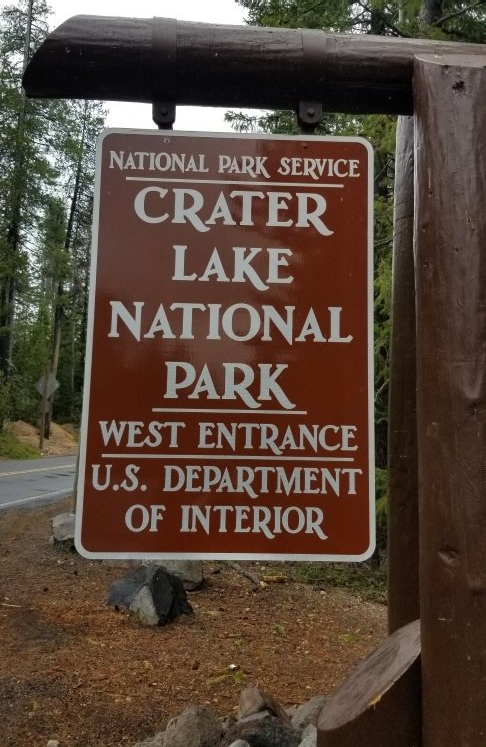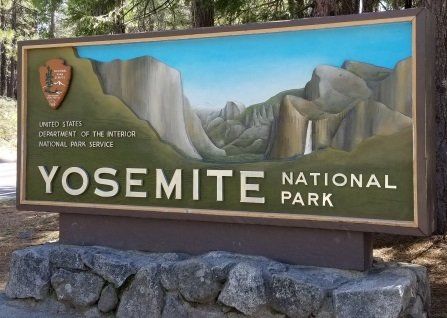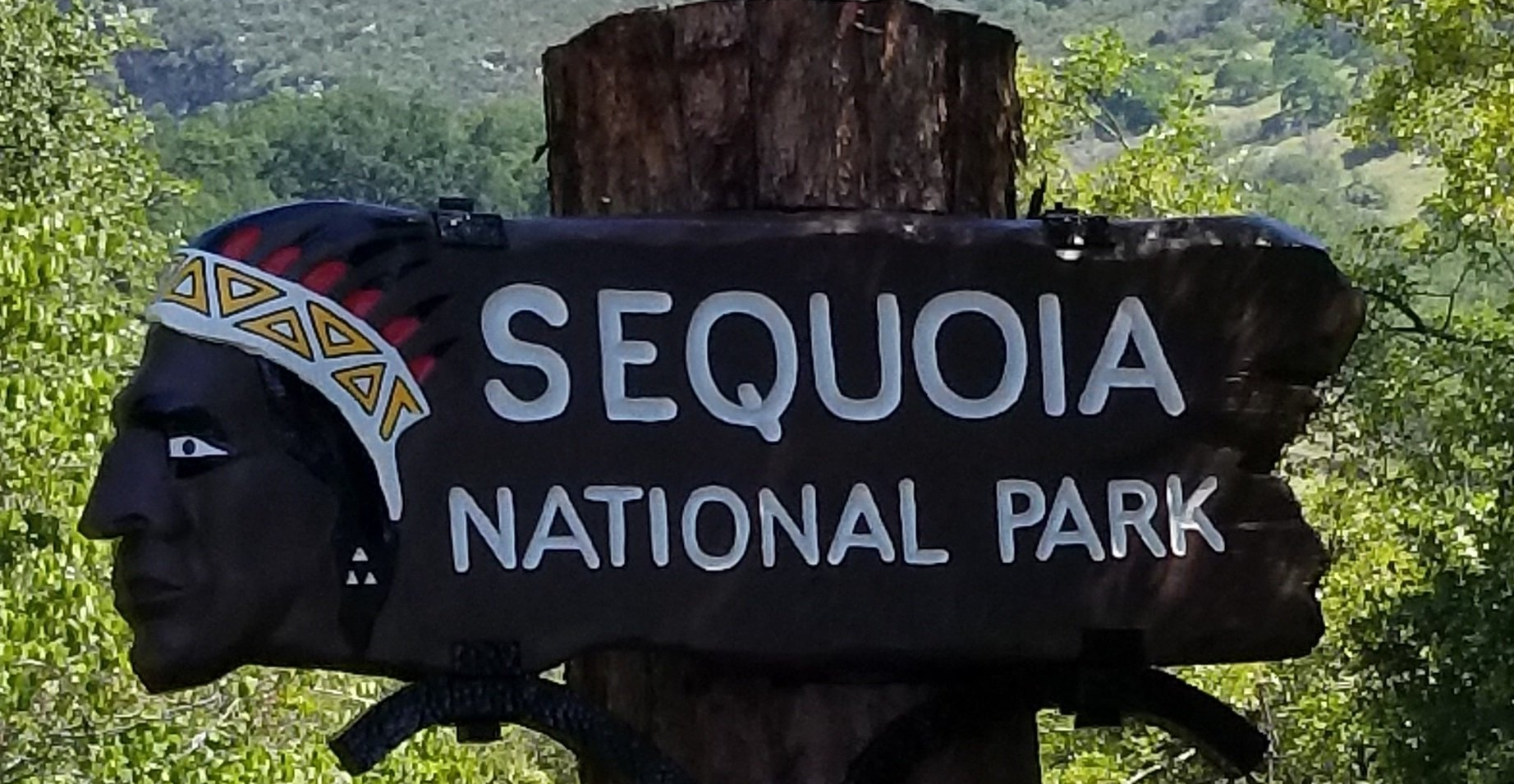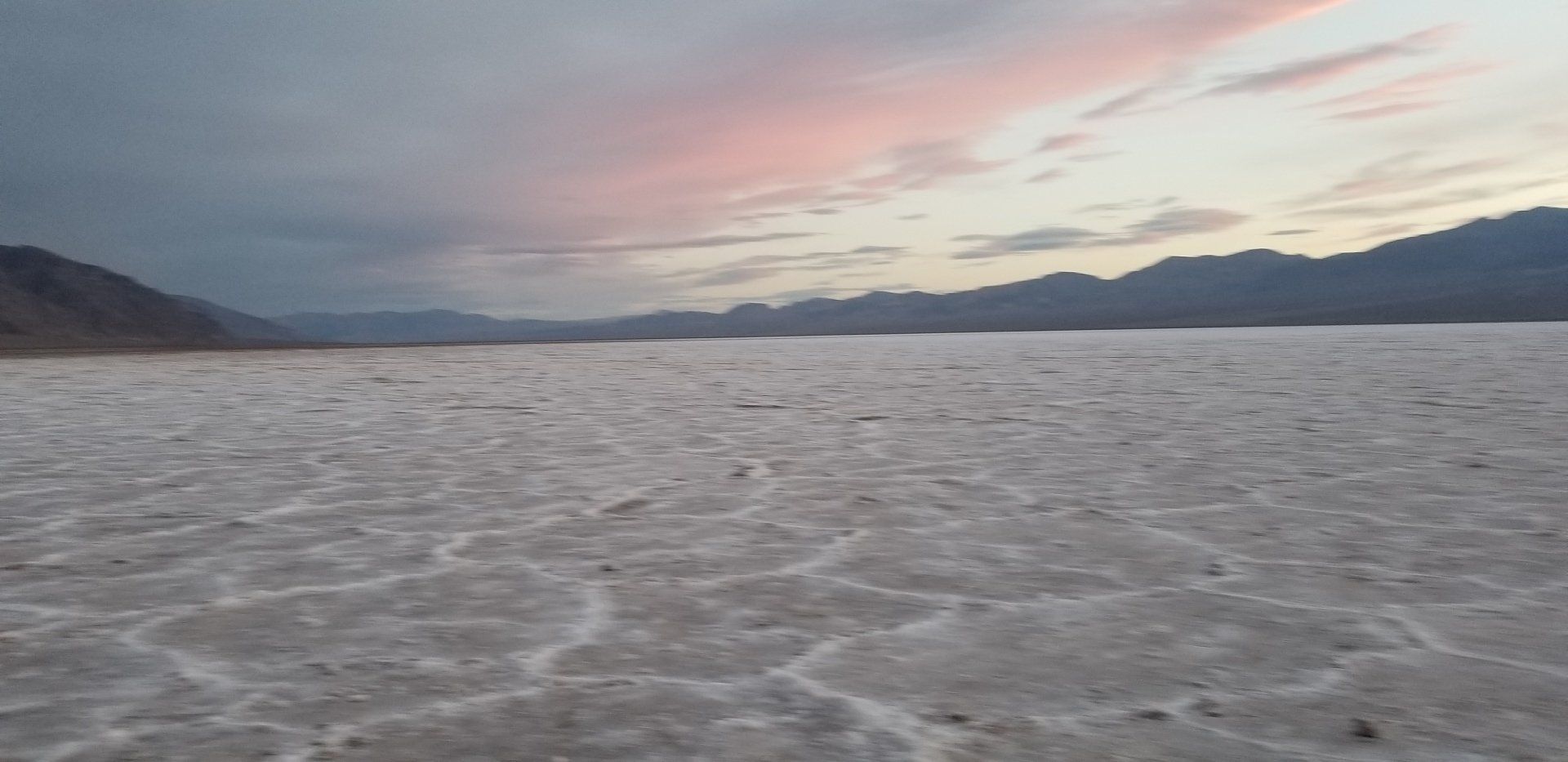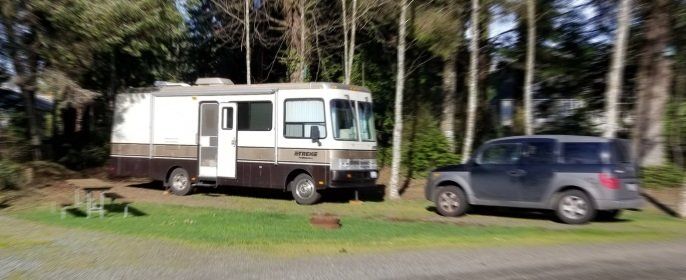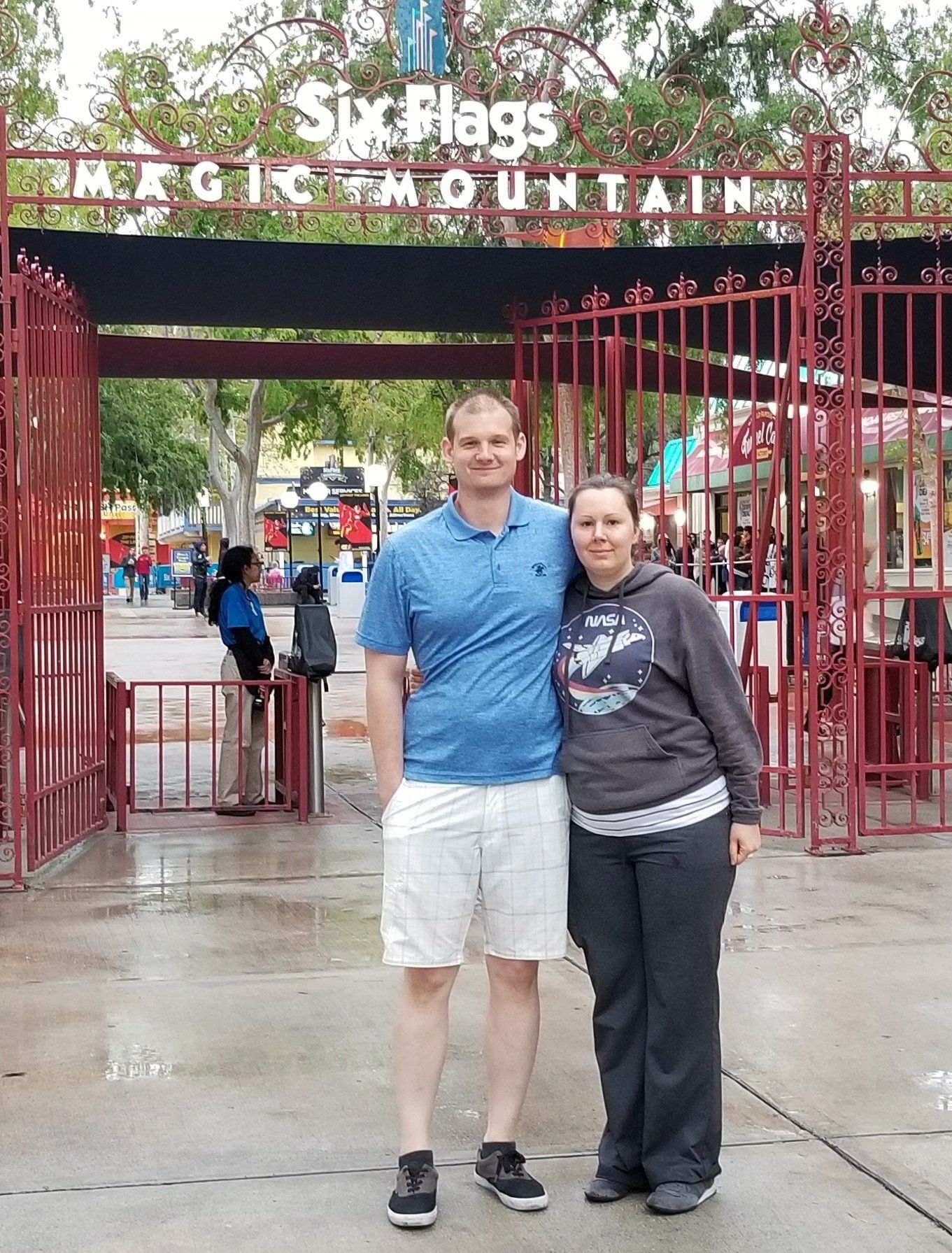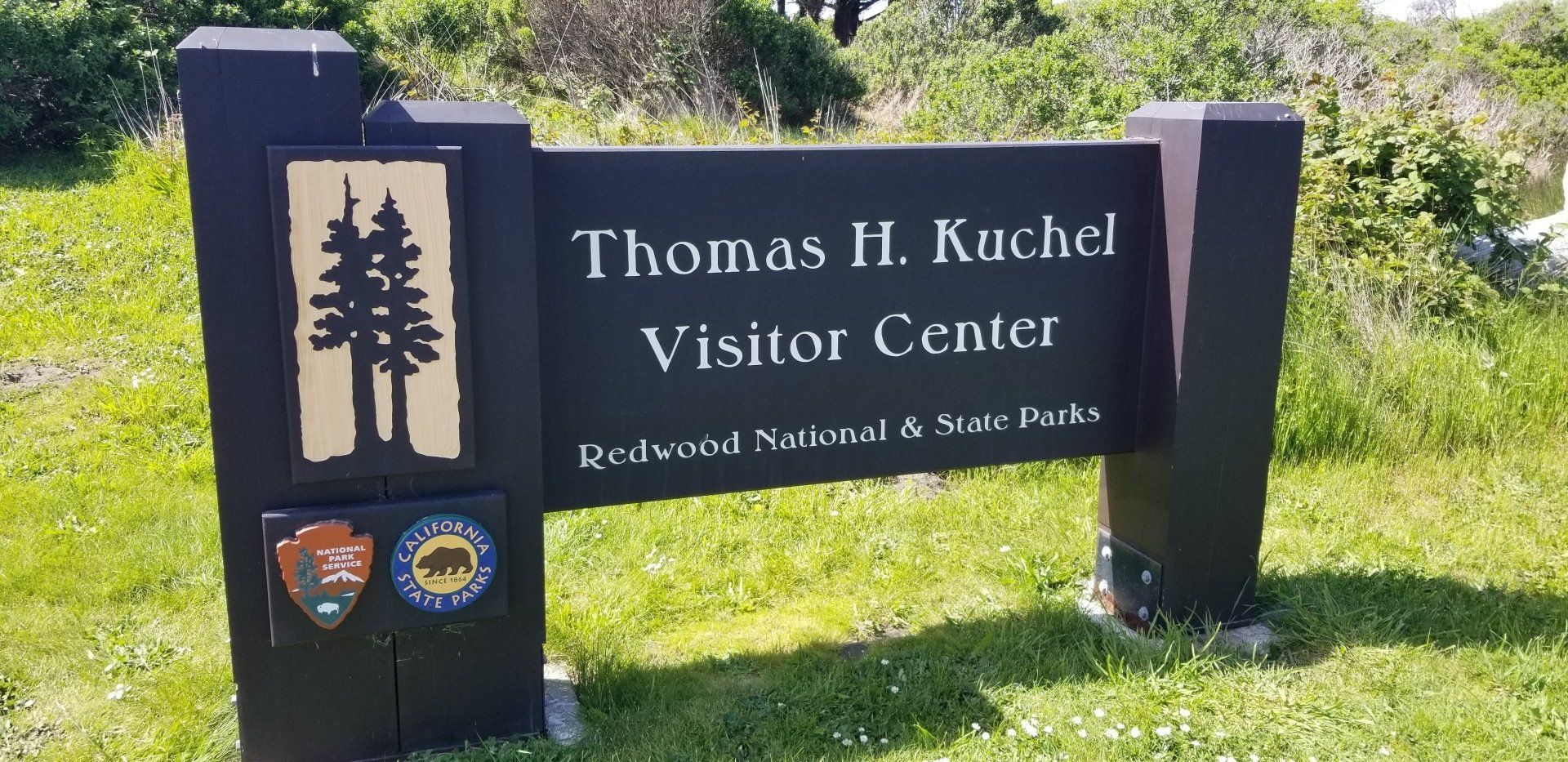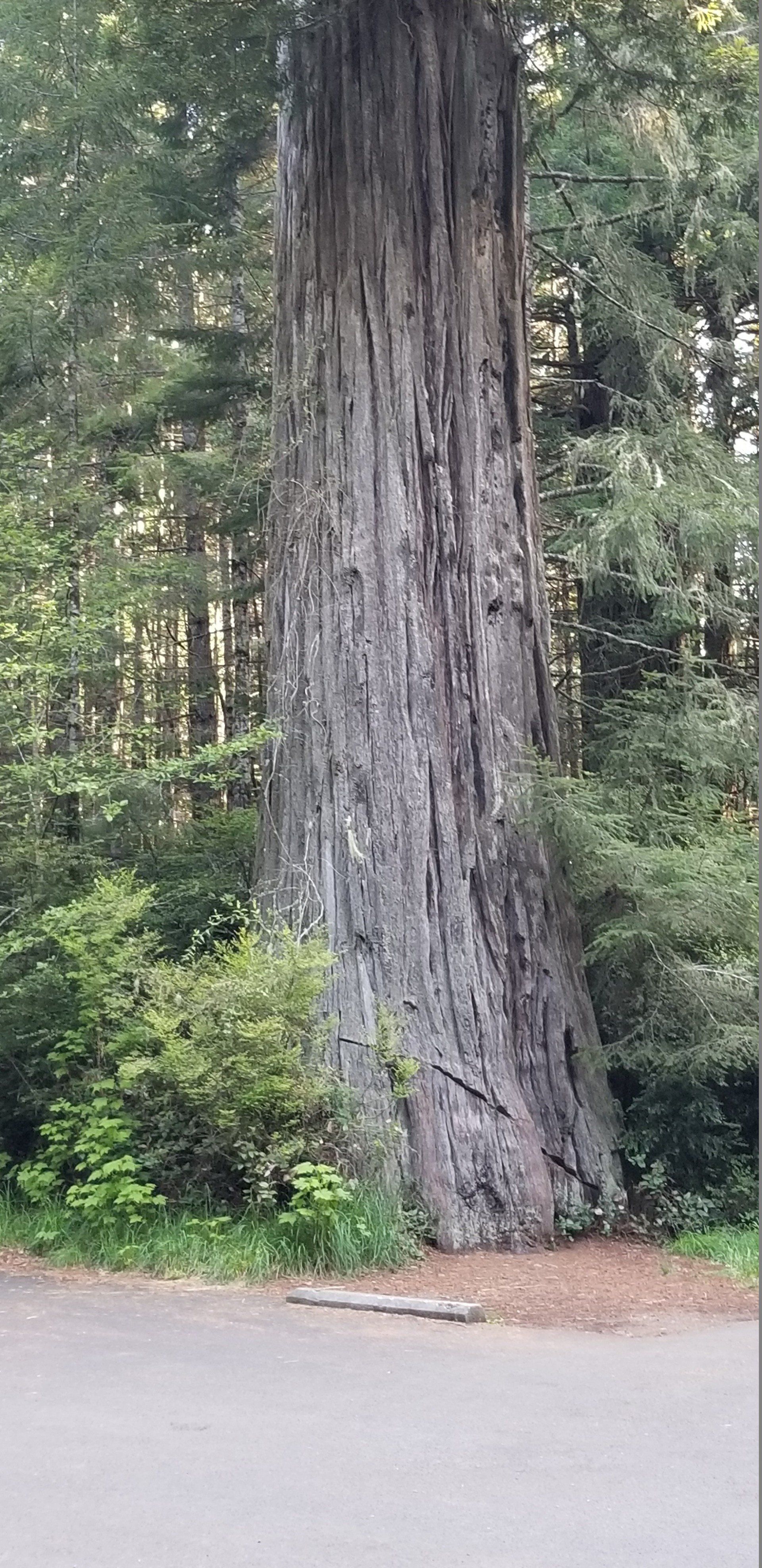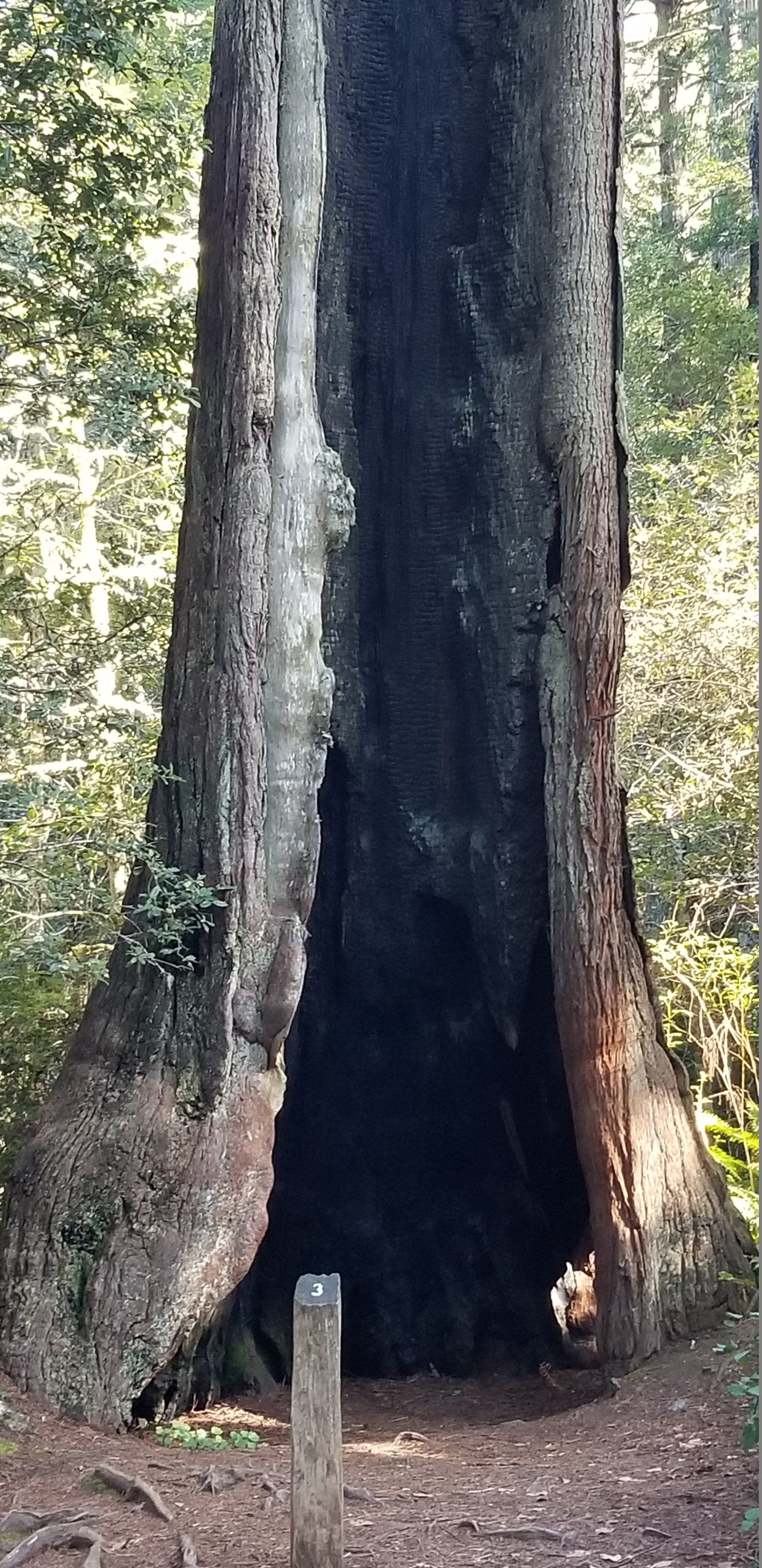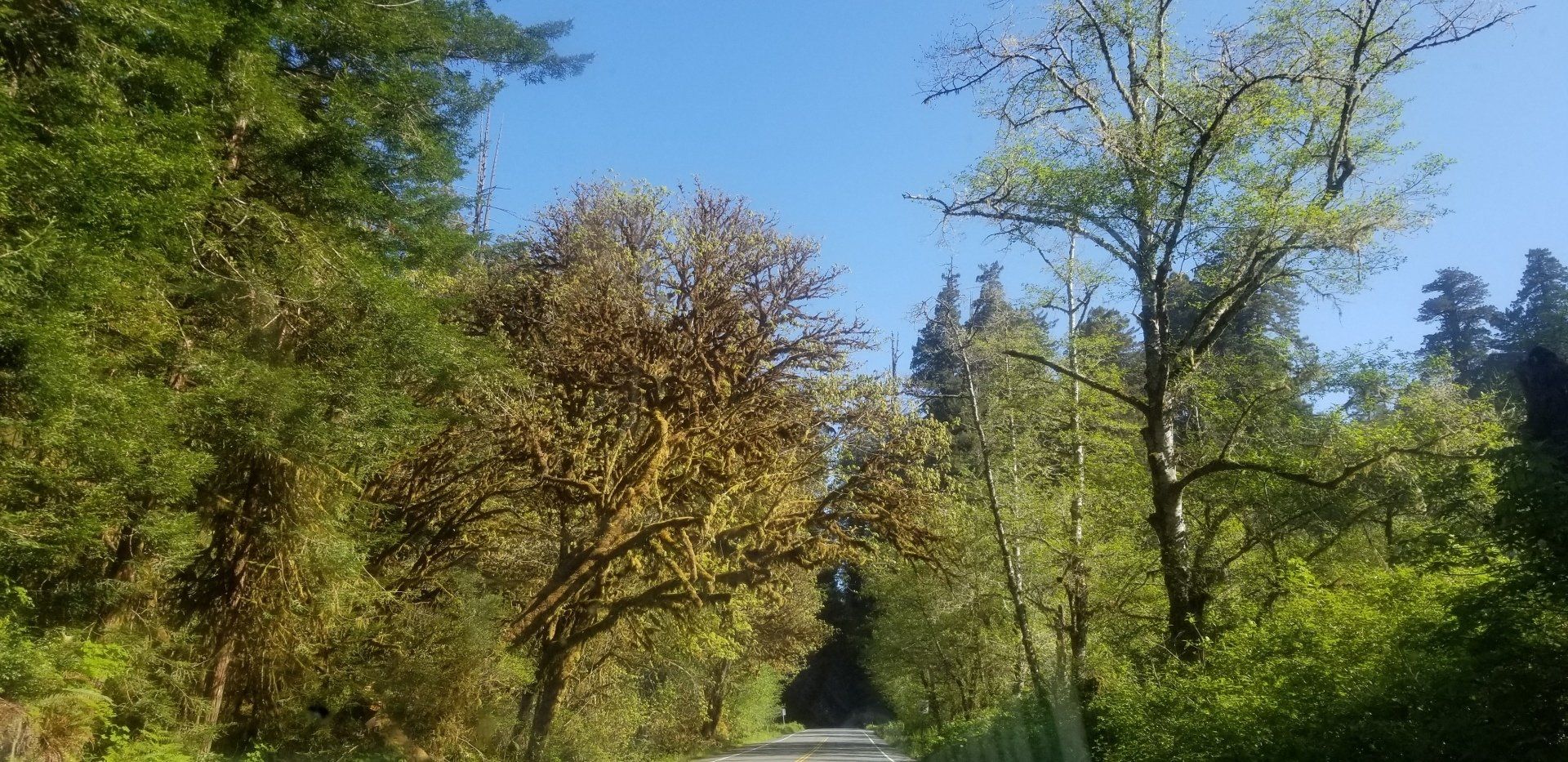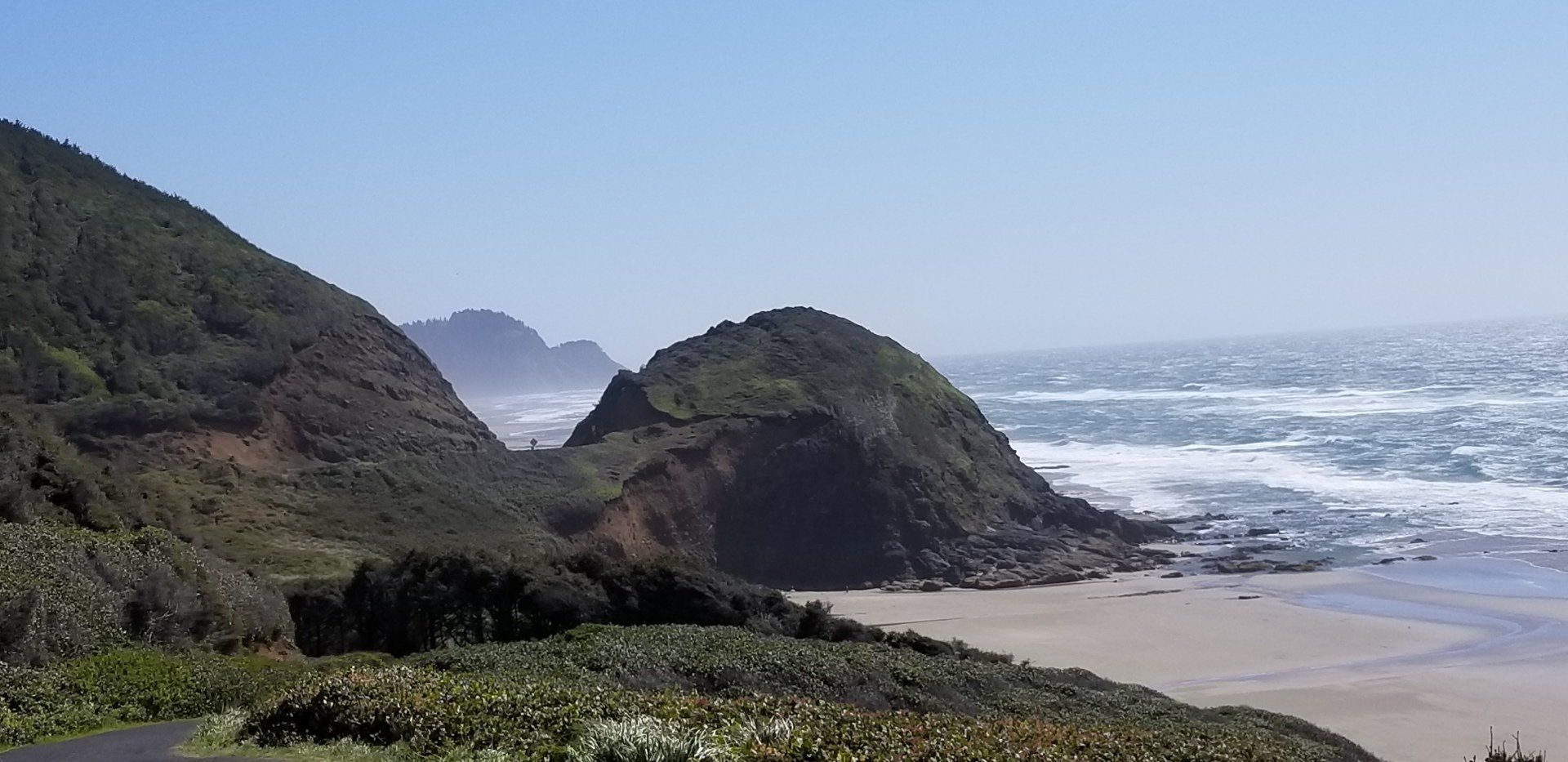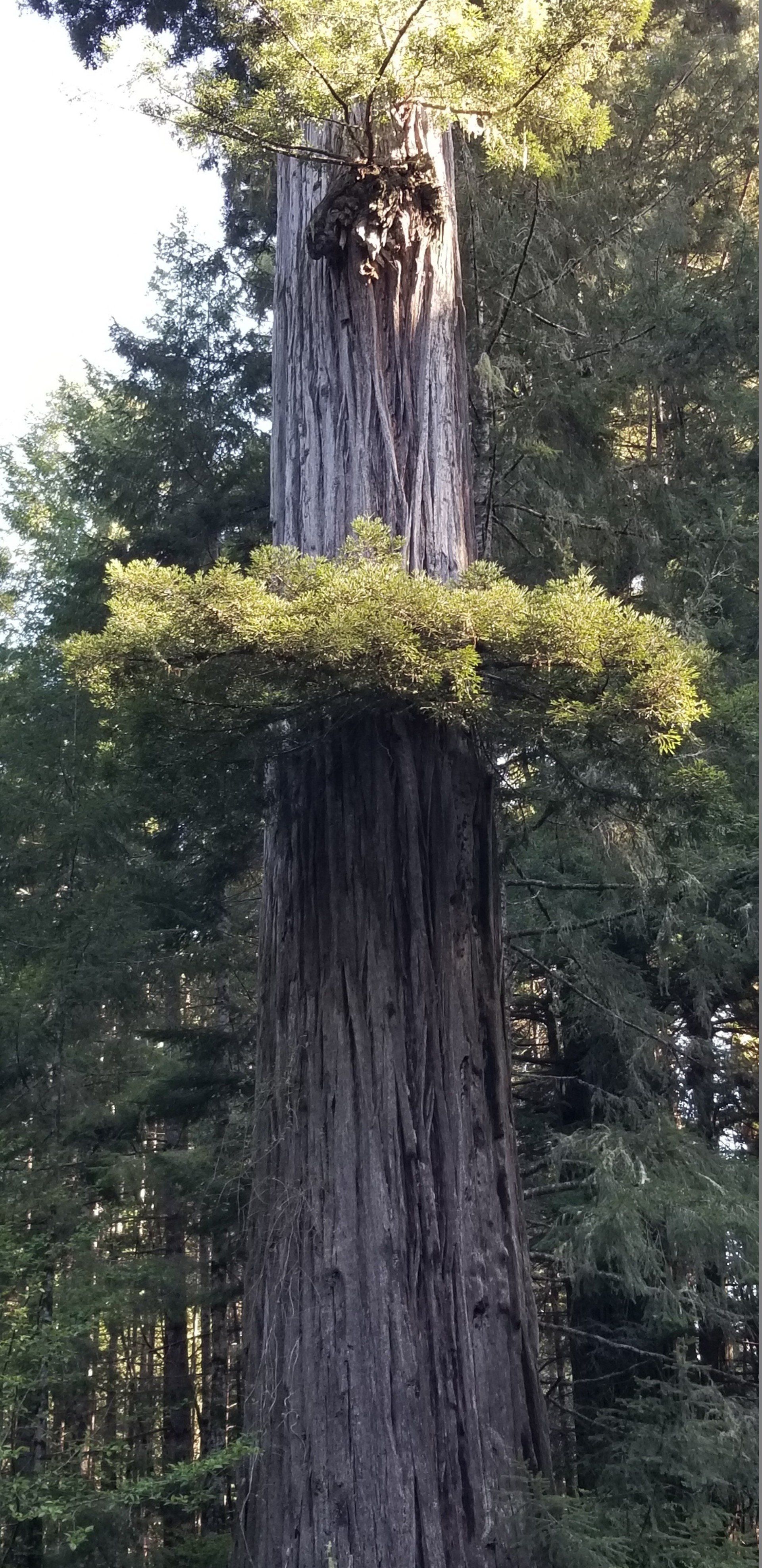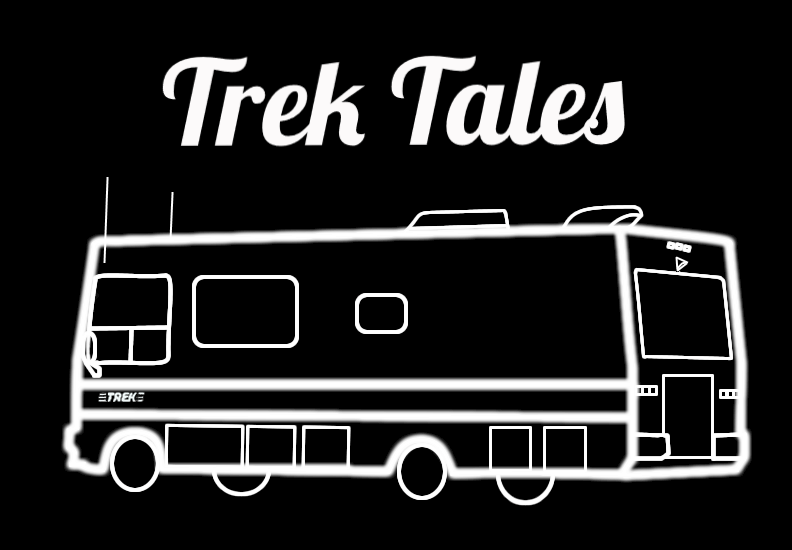By the time we made it to the Redwoods, we had already been on a whirlwind tour visiting Yosemite National Park, Sequoia National Park, and a
number of national forest and state parks. Between the long drives, lack
of sleep, and altogether crankiness of the four of us, we were less than
excited about seeing more trees.
Upon entering the Redwoods, our dialogue went like this...
Given the parks easy access and the fact that we were literally
driving right through it (the park is located off of the 101) we decided
we had to stop and do some camping and exploring.
Since, we had
abandoned our motor home for our trip down to California we were in a
tent for the night. We had a ton of success tent camping at other
California state campgrounds. Little did we know the weather at the
Redwoods would dip into the low 40's. This doesn't sound too bad, until
you consider our sleeping bags are rated for 50 degrees and above. We
were all pretty cold, so cold I couldn't even go to sleep. After staying
up all night, we packed up the tent at 5:30 AM.
We were all pretty happy to be in the car with the heater on. And by
now, we missed the comforts of our motor home, which was in storage in
Lincoln City, OR.
On our way back to Lincoln City, we stopped at some amazing rest stops in Oregon:
And decided we were not going to do any more tent camping the following nights.
The Redwood National Park is a spectacular park, and we do have plans
to go back there in the following years. Only next time, we will be
going in warmer weather and plan on staying in our Trek.
